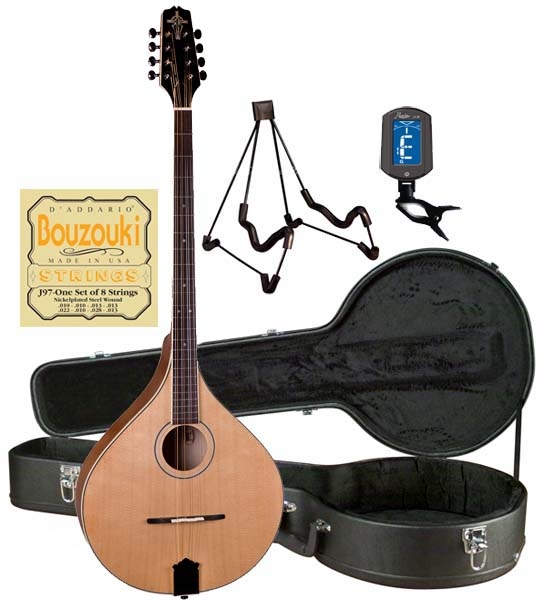
Irish Bouzouki Music
Irish Bouzoukis are hybrid instruments derived from Greek Bouzoukis and modified for Irish traditional music.
Johnny Moynihan of Sweeney’s Men popularised the bouzouki in Ireland during the mid 1960s, followed by Alec Finn from Galway group Cana Band and De Dannan respectively.
History
If you enjoy Irish music, chances are you have come across the bouzouki. A traditional folk instrument from Greece and used frequently by Irish musicians alike.
The Irish bouzouki is a long-necked lute with roots in both Greek and Turkish music. Popular among Greek musicians, its main use today lies as an accompaniment instrument in various folk and traditional genres of traditional folk music.
Greek bouzoukis were originally six-string instruments (DAD), however more modern makers have created eight-string bouzoukis tuned CFAD which are one tone below the top four strings of a guitar. These instruments became particularly popular in Ireland during the 1960s thanks to Johnny Moynihan and Alec Finn who became advocates for them.
Tone
Recently, Irish bouzoukis have become an essential element of traditional Irish music. Originating as Greek-influenced instruments but now with many elements adapted specifically to Irish folk music.
Designing a bouzouki requires much thought, and choosing tonewoods for its top portion can have an enormous effect on its sound. Dense woods such as mahogany can enhance high and midrange frequencies while light woods like walnut can increase low frequencies to produce warm tones.
Some luthiers are turning to unconventional woods like lacewood and sheesham for the necks of modern bouzoukis, often to enhance its tonal quality; if you want a solid, classic instrument then mahogany or maple are surefire choices.
Tuning
The bouzouki, similar to its mandolin counterpart, is a double-course instrument called a tetrachordo with four strings arranged in pairs and tuned together. This combination creates an expansive and vibrant sound.
Contrasting with its mandolin counterpart, which uses two lower-pitched courses one octave apart and upper-pitched courses spaced a perfect fifth apart for each string course, bouzouki uses pairs of strings one full octave apart for every course – this produces an immersive, full sound while enabling lower frequencies than on its counterpart.
A bouzouki can be tuned in various ways; the most commonly-used tuning is GDAD; other variations include ADAD and CFAD tunings that may expand its sound spectrum and introduce you to new styles of playing.
Techniques
Irish Bouzouki music employs various techniques for its performance. These may include open-string drones, two-note intervals, bass lines and countermelody.
The bouzouki was one of the earliest instruments used in Irish folk music, having been adopted from Greek bouzoukis by Andy Irvine for his band Sweeney’s Men in 1968.
His bouzouki remains one of the best-known Irish instruments today.
The bouzouki comes in many different varieties – some have flat tops while others feature cylinder or carved tops, and still more have eight strings in four courses with rounded backs – each offering different variations on length, scale and tuning.
Equipment
Irish Bouzouki music requires various types of equipment. Some may be more cost effective and suitable for beginner players than others.
Johnny Moynihan of Sweeney’s Men first introduced a modern tetrachordo Greek bouzouki into Irish traditional music during the 1960s. This instrument typically serves both accompanimental and melodic roles.
Bouzoukis can often be compared to octave mandolins when it comes to scale length, though many players tend to prefer longer scales on bouzoukis for their higher volume and sustain. Furthermore, their 8 string configuration makes them easier for fingering than their counterparts with eight pairs tuned in unison tunings that come together during playback.